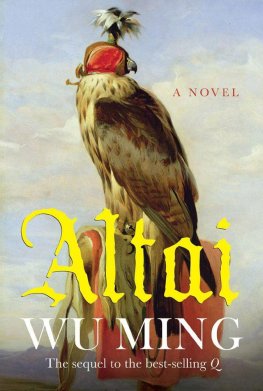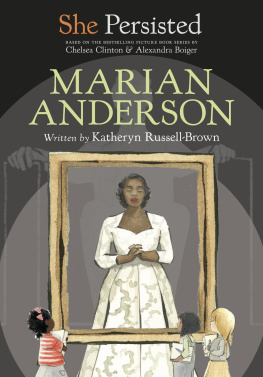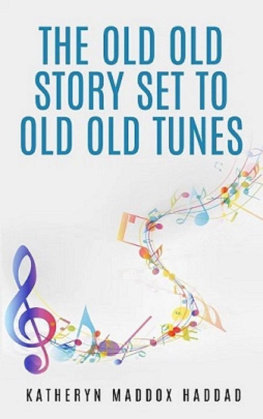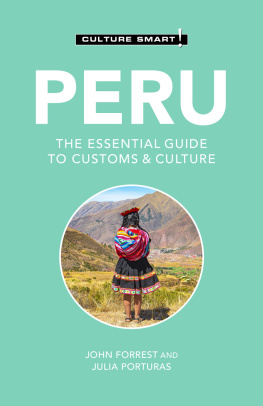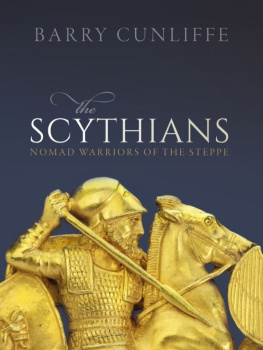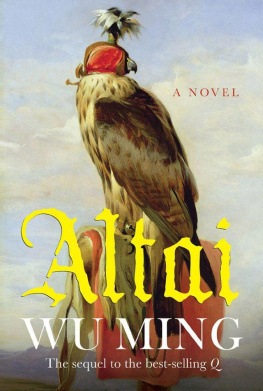Katheryn M. Linduff - Pazyryk Culture Up in the Altai
Here you can read online Katheryn M. Linduff - Pazyryk Culture Up in the Altai full text of the book (entire story) in english for free. Download pdf and epub, get meaning, cover and reviews about this ebook. year: 2021, publisher: Routledge, genre: Home and family. Description of the work, (preface) as well as reviews are available. Best literature library LitArk.com created for fans of good reading and offers a wide selection of genres:
Romance novel
Science fiction
Adventure
Detective
Science
History
Home and family
Prose
Art
Politics
Computer
Non-fiction
Religion
Business
Children
Humor
Choose a favorite category and find really read worthwhile books. Enjoy immersion in the world of imagination, feel the emotions of the characters or learn something new for yourself, make an fascinating discovery.

- Book:Pazyryk Culture Up in the Altai
- Author:
- Publisher:Routledge
- Genre:
- Year:2021
- Rating:5 / 5
- Favourites:Add to favourites
- Your mark:
- 100
- 1
- 2
- 3
- 4
- 5
Pazyryk Culture Up in the Altai: summary, description and annotation
We offer to read an annotation, description, summary or preface (depends on what the author of the book "Pazyryk Culture Up in the Altai" wrote himself). If you haven't found the necessary information about the book — write in the comments, we will try to find it.
Pazyryk Culture Up in the Altai — read online for free the complete book (whole text) full work
Below is the text of the book, divided by pages. System saving the place of the last page read, allows you to conveniently read the book "Pazyryk Culture Up in the Altai" online for free, without having to search again every time where you left off. Put a bookmark, and you can go to the page where you finished reading at any time.
Font size:
Interval:
Bookmark:


- Introduction: The shape of Pazyryk Culture
- 1.1 What is the Pazyryk Culture? Who were the Pazyryk people?
- 1.2 Archaeological background
- 1.3 Burial display
- 1.4 Chronology at Pazyryk
- 1.5 Interpretive framework: Shaping the study of the Pazyryk Culture
- 1.6 Questions we have answered and those we have not
- Economic topography in the Pazyryk Culture
- 2.1 The Pazyryk economic setting
- 2.2 The Pazyryk landscape and ecology
- 2.3 Metallurgical knowhow at Pazyryk
- 2.4 Horse rearing as a foundation of the Pazyryk economy
- 2.5 Role of horses and horse management
- 2.6 Climate and topography in relation to economic activity within and outside of the Pazyryk Culture
- 2.7 Political history of the region
- Social and occupational topography of the Pazyryk Culture: Valedictory use of burials
- 3.1 Introduction: An adaptable community
- 3.2 Established social boundaries: Animal handlers
- 3.3 Occupations within Pazyryk Culture: Craftworkers as social actors
- 3.4 Animals: Markers of social order
- 3.5 Multi-tiered society: Bound together within family structure
- 3.5.1 What we know about gender in Pazyryk Culture
- 3.6 Multi-occupational society: Exchange of goods and trade and spiritual bonds
- 3.6.1 Trade/traders
- 3.6.2 Analysis of imports
- 3.7 Spiritual life
- The larger picture: Relationships with Mongolia and China
- 4.1 Back and forth with Mongolia and China
- 4.2 Pazyryk and Western Mongolia
- 4.3 Pazyryk and Northwestern China, Xinjiang
- The Pazyryk Culture: Concluding remarks
- 5.1 Concluding remarks
- 0.1 Authors in 2017
- 1.1 Map of Pazyryk Culture sites mentioned in the text. Map by Evan Matthew Mann
- 1.2 Pazyryk barrow and contents. (a) Ground plan, Pazyryk, Kurgan 1 showing supporting wooden structure and burials of horses. (b) Cross section of Kurgan 5, Pazyryk showing frozen ground, wooden chamber and contents. (c) Eagle-Griffin on saddle cover, Kurgan 2, Pazyryk, felt appliqu. (d) Wood, leather finials for male headgear, Pazyryk, Kurgan 2, State Hermitage Museum, St. Petersburg 1684/170; 1684/162163
- 1.3 Arzhan I, ca. 9th c. BCE, Tuva. (a) Ground Plan of excavated structures, Arzhan I. (b) Bronze coiled feline, 25 cm, TRM K220, State Museum of the Tuva, Kyzyl Arzhan I
- 1.4 Plan of burial group at Pazyryk
- 1.5 Arzhan 2, Tuva, ca, 7th C. BCE. (a) Gold plaques of felines, clothing adornments, State Hermitage Museum, St. Petersburg 2917/20/71100. (b) View of landscape near Arzhan, Tuva
- 1.6 Caftan/shirt, cotton (design is local, cotton is either from India or China), Pazyryk, Kurgan 2
- 1.7 Tattoos from Pazyryk and Ak-Alakha. (a) Tattoo. Right shoulder, Pazyryk, Kurgan 5. (b) Tattoo. Left shoulder, from Ak-Alakha, Ukok Plateau
- 1.8 Woolen, knotted carpet, Central Asian manufacture, 1.9 2m
- 1.9 Satellite image, mounded site, Kegen Plateau, Semirechye, Kazakhstan, showing repeated use site
- 1.10 Phase I: Distinguishing Goods from Pazyryk. (a) Horses, two (of ten) lavishly adorned with felt saddle covers, horned headgear made of felt and leather. (b) Leather cutout on saddle bow, with gold overlay on wood, Pazyryk, K5. (c) Reconstructed felt hats with wooden attachments:1, Pazyryk K5; 2, Verkh Kaldzhin-2, K3; 3, Ulandryk 2, K8
Font size:
Interval:
Bookmark:
Similar books «Pazyryk Culture Up in the Altai»
Look at similar books to Pazyryk Culture Up in the Altai. We have selected literature similar in name and meaning in the hope of providing readers with more options to find new, interesting, not yet read works.
Discussion, reviews of the book Pazyryk Culture Up in the Altai and just readers' own opinions. Leave your comments, write what you think about the work, its meaning or the main characters. Specify what exactly you liked and what you didn't like, and why you think so.

